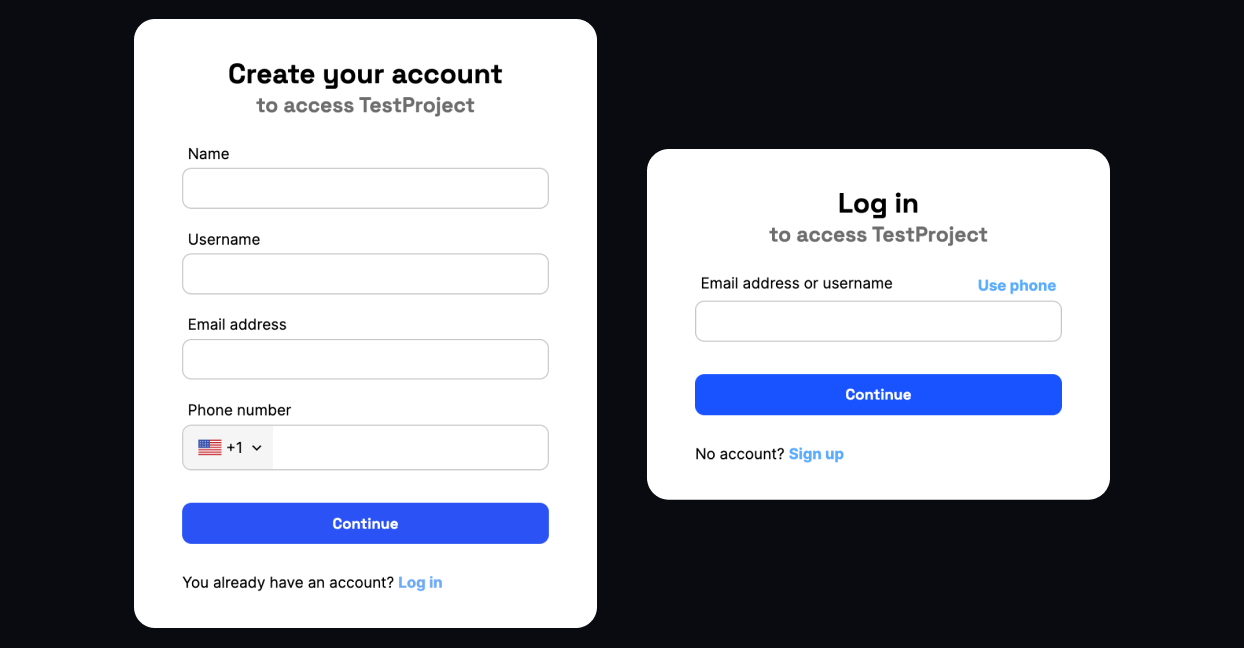
Integration
The Authentication UI allows the user to log in or register with Corbado. The UI is rendered by using theCorbado.mountAuthUI method.
Once the user is logged in, the onLoggedIn callback is executed.
Auth.vue
Learn how to integrate Corbado Authentication into your Vue.js application.

Corbado.mountAuthUI method.
Once the user is logged in, the onLoggedIn callback is executed.